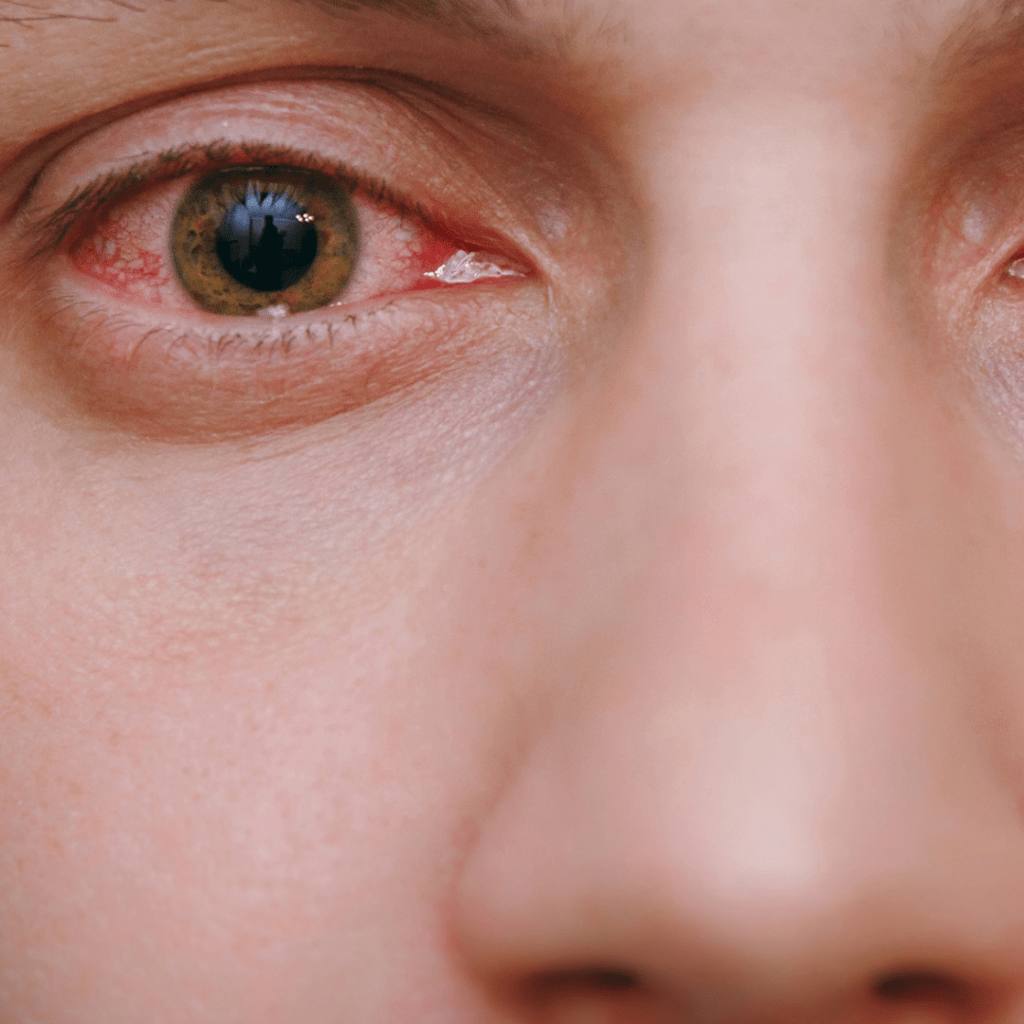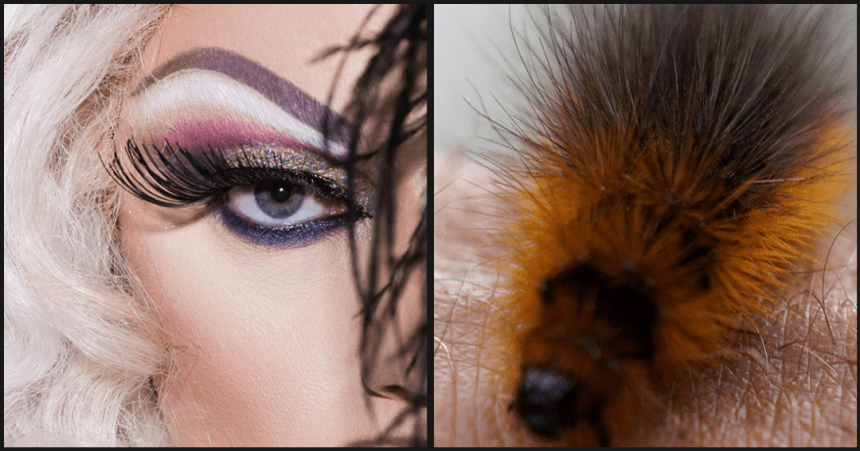There are more than a thousand species of caterpillars. The species is widespread around the globe. As herbivores, they live in areas where plants are abundant. In addition to having a head, thorax, and abdomen, they also have tiny hairs on their body. For a caterpillar to metamorphose into a butterfly, it can take several weeks to months.
The majority of the year, caterpillars are out in the greenery, mostly in the spring.
There are several hair-like bristles on caterpillars called setae. Caterpillar hair (setae) is sharp and fine and can penetrate the cornea to enter the anterior chamber of the eye as well as go deeper into the vitreous.
CATERPILLAR HAIR-INDUCED OPHTHALMITIS (CHIO)

It is an inflammatory reaction to caterpillar hair or other insect hair (tarantula hair) that contacts the eye. Conservative management usually suffices to treat this condition. Some patients, however, experience caterpillar hair penetration into the eye, causing potentially dire consequences.
DIAGNOSIS:
- Clinically: In many cases, there is no direct history of exposure to caterpillar hair. Due to their pale color, these filaments are difficult to see by an eye doctor. In most cases, the doctor can suspect the case after reviewing a supporting history and clinical picture. Under magnification, the doctor examines the eye through the slit lamp microscope to determine if there are caterpillar hairs. It is necessary to use a fluorescence stain on the eyes to enhance their visibility. Eversion of the upper lid is mandatory in order to search for retained setae.
- UBM or ultrasound of the eye can help identify setae embedded deeply within exudates in the anterior structures of the eye that are difficult to locate in clinical examinations. UBM may localize fewer hairs than actual hairs found during surgery.
WHY IS REMOVAL OF CATERPILLAR HAIR DIFFICULT?
- Hair are extremely friable
- They are often pale and thin
- Difficult to locate due to accompanying corneal edema
- Surrounding infiltration
- Extraction of deep lying or buried hair is difficult.
- There are usually more than one hair, sometimes several, so it is difficult for the ophthalmologist to remove them all at once. Therefore a close follow up is very important.
SYMPTOMS:

Redness
Watering
Photophobia
Foreign body sensation

Rarely there can be painless diminution of vision with swelling in the conjunctiva
CLINICAL PICTURE SUGGESTED BY CADERA ET AL:
Caterpillar hairs can be difficult to find and can cause a variety of reactions in the eyes. They can migrate into the eye and trigger an inflammatory response. This condition requires immediate and thorough irrigation, scrupulous examination for retained setae, and meticulous extraction of setae.
Type I:
Symptoms include pain, redness, discharge, and swelling of the conjunctiva caused by an anaphylactoid reaction to the hair starting immediately and lasting a few days.
Treatment: Treatment by an ophthalmologist includes the removal of visible superficial hairs. Medical therapy of lubricants and antibiotic eye ointments
Type II:

Conjunctivitis and corneal abrasion caused by chronic mechanical inflammation caused by hair.
Treatment: Attempt to remove all the hair from the ocular surface + antibiotic ointment + topical steroids + Lubricants
Type III:
Formation of grayish-yellow nodules in the conjunctiva. The hair may be subconjunctival or intracorneal and may be asymptomatic
Treatment: Removal of hair+ Excision biopsy of the nodules +/- topical steroids + antibiotic ointment + lubricants + cycloplegics like atropine
Type IV:
Hair penetration into the anterior segment causes iris inflammation. A severe case of iritis may result in nodules forming on the iris and even pus accumulating in the anterior chamber.
Treatment: Anterior chamber wash + removal of setae under anesthesia + topical steroids + antibiotic ointment + lubricants + cycloplegics like atropine
Type V:
Vitreoretinal involvement after hair penetration into the posterior segment. It is rare and only seen in 10-20% of cases.
Treatment: Add systemic or intravitreal steroids +/- Pars Plana Vitrectomy (PPV) surgery
DELAYED INFLAMMATORY RESPONSE
The migration of these hair may take months to years and cause vitritis to frank endophthalmitis. There are two reasons for the delayed inflammatory response to these setae:
- Gradual migration of setae posteriorly: Due to eye movements, respirations, and iris movements, setae migrate posteriorly.
- Toxicity: The venom glands on the hair shaft release the toxin-thaumetopoein, which causes inflammation.
Treatment: PPV Pars plana vitrectomy surgery
COMPLICATIONS:
- Cataract
- Macular edema
- Persistent vitritis
- Retinochoroiditis
- Endophthalmitis with retinal detachment
CAN CATERPILLAR HAIR MAKE YOU BLIND?
It is rare, but it does happen. Corneal blindness can occur following scar formation in the center of the cornea after the healing of inflammation.
Moreover, persistent inflammation of the posterior segment can result in loss of that eye.
WHO ARE AT RISK FOR COMPLICATIONS?
The following factors contribute to severity of inflammation and subsequent complications:
- Eye-hair contact with significant impact
- Presence of several hair
- Deep seated hair
- Intracorneal hair
- Intense rubbing of eyes on contact
- Delay in treatment
CONCLUSION:
In general, caterpillar hair induced ophthalmitis has good outcomes if treated immediately. Steroids are effective at treating this condition, but they must be tapered slowly. It is important to monitor patients closely to catch delayed inflammatory responses and manage them accordingly.

